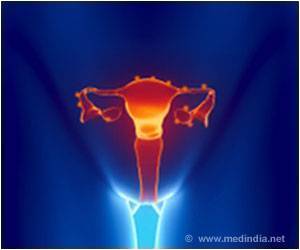
"High-grade serous cancers account for about two-thirds of deaths from epithelial invasive ovarian cancer," Bowtell said. "We were interested in identifying the molecular changes that occurred in a tumor between the time when a woman first presented for surgery and chemotherapy, and the time when the tumor recurred and eventually became resistant to chemotherapy."
To examine this, the researchers analyzed metastatic lesions from individual patients and 22 paired pretreatment and post-treatment tumor samples for spatial and temporal genomic variation.
"Spatial variation is a measure of genomic heterogeneity in different deposits of tumor present at primary surgery - variation that the tumor could draw on to evolve over time, especially in the face of chemotherapy," Bowtell explained. "Temporal variation gives us an indication of how much the tumor changes over time, and after one or more lines of chemotherapy."
The researchers compared the level of genomic change among women who were initially chemosensitive and those who were resistant to primary chemotherapy. Tumors that were initially sensitive to chemotherapy but later became resistant evolved further than those tumors that were resistant from the outset. "We were surprised by the extent of variation that was present among the tumor deposits collected at surgery, and by how far the tumors could evolve during therapy," Bowtell said. "The existence of multiple cancer genomes in an individual patient could provide many opportunities for the cancer to circumvent chemotherapy and may help explain why it has been so difficult to make progress with this disease," he said.
The most frequently occurring genomic change found was a deletion and/or downregulation of LRP1B, which encodes a member of a family of proteins that transport lipids into cells. To validate their findings further, the researchers examined the effect of engineering gain or loss of LRP1B in ovarian cancer cell lines. Loss of LRP1B contributed to the emergence of resistance to liposomal doxorubicin, a type of chemotherapy, in women exposed to the drug during their treatment.
Advertisement
The study forms part of the International Cancer Genome Consortium (ICGC). Bowtell said that international collaboration is needed to systematically map the emergence of chemotherapy resistance in ovarian cancer and other solid cancers, given that it is difficult to obtain paired pre- and post-treatment samples. He believes that the collection of biopsy tissue in the relapse setting will increasingly be seen as essential for predicting response in the clinic and understanding why treatment failure occurs.
Advertisement
Source-Newswise












